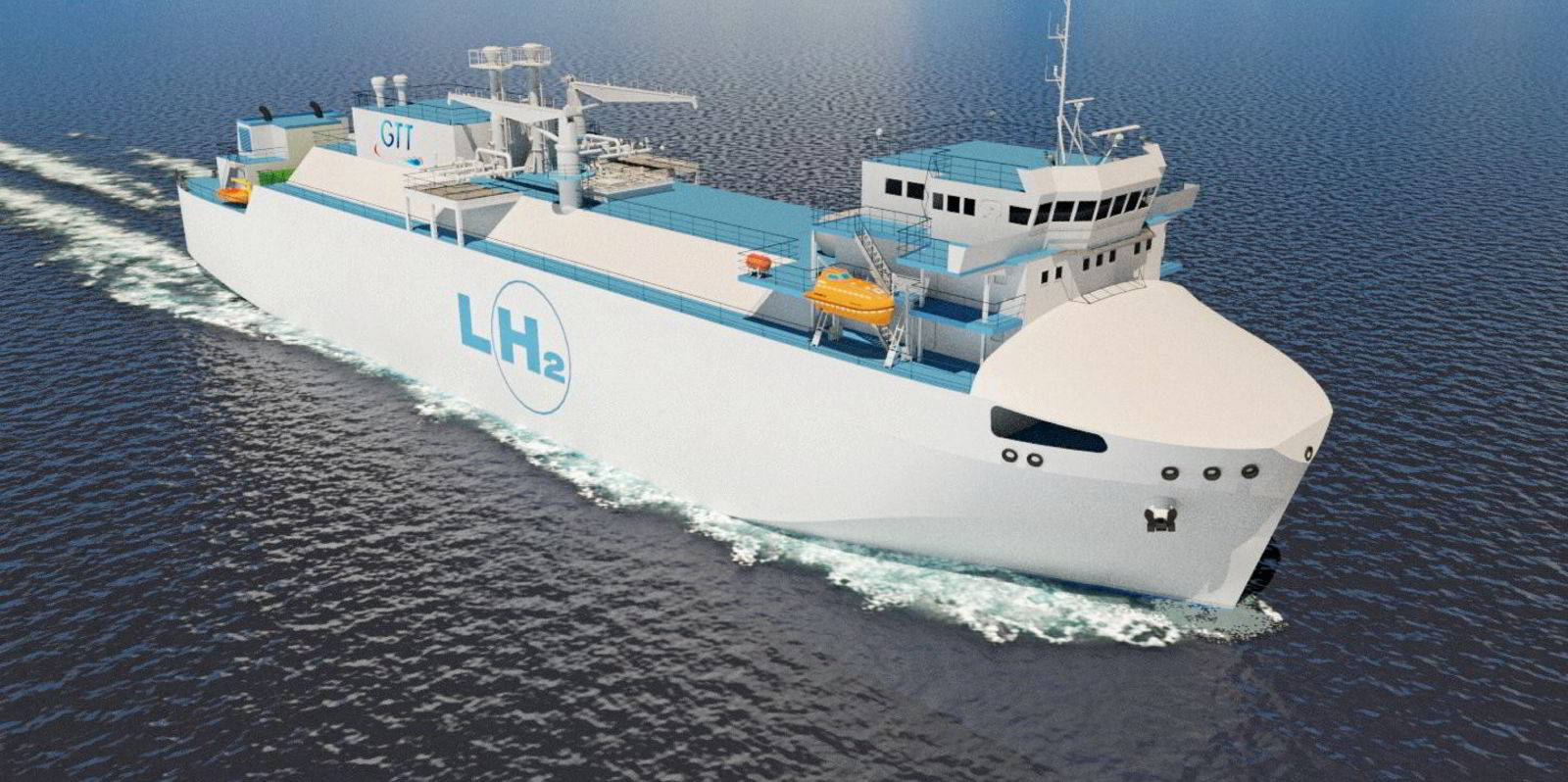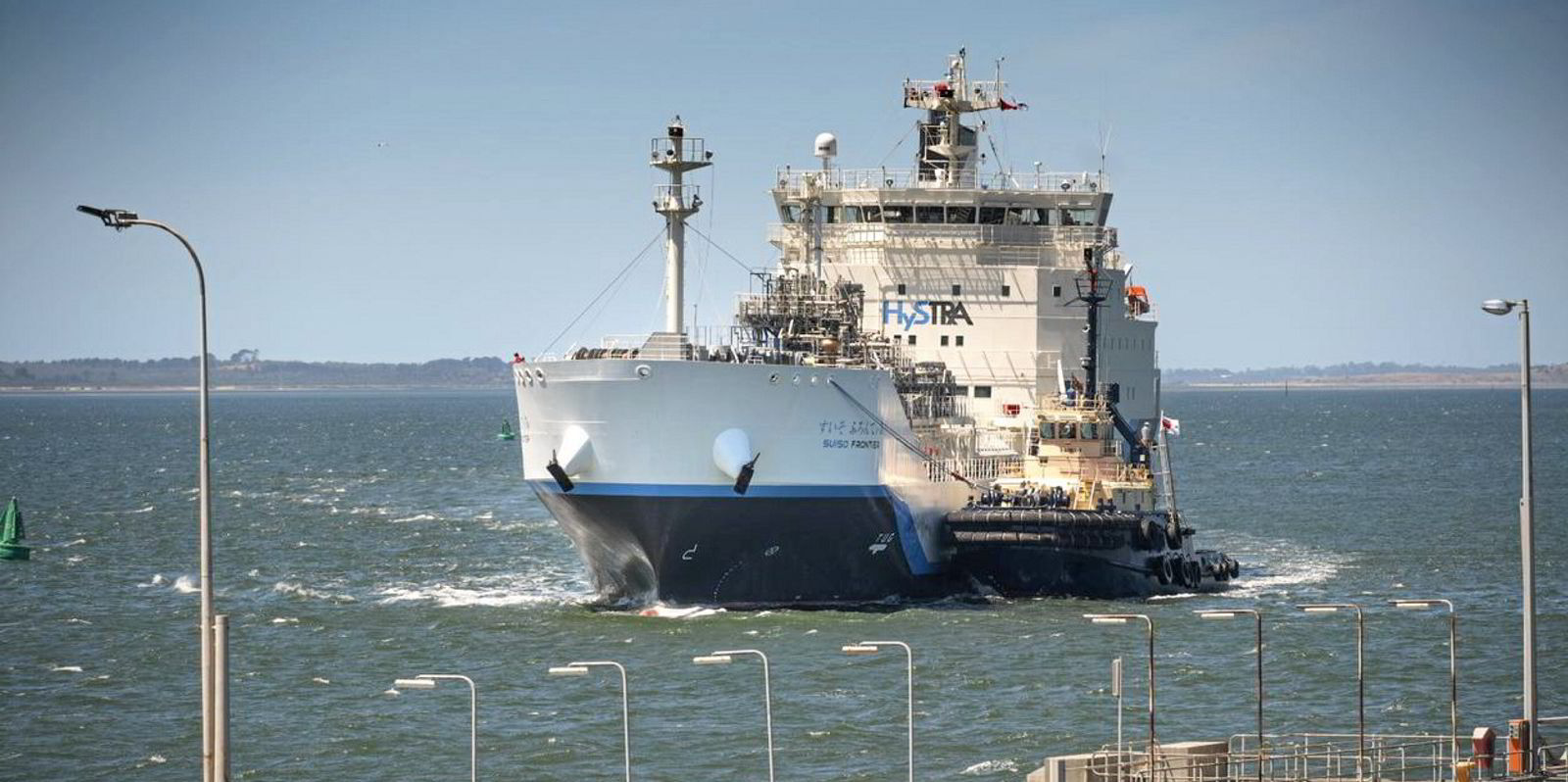Michael Liebreich, a long-time leading expert on financing clean energy and transportation, is adamant: green liquid hydrogen will not be carried round the world by ships, as the economics do not make sense.
His extensive career includes earning a master’s degree in engineering from the University of Cambridge, founding New Energy Finance and continuing on as chief executive for five years after it was acquired by Bloomberg, and being on the high-level advisory group for the United Nations secretary general’s Sustainable Energy for All initiative. Liebreich has also been involved in investment and company start-ups.
In the lead-up to the third annual World Hydrogen Congress in Rotterdam this October, he expressed no optimism for transporting green liquid hydrogen.
“Hydrogen by ship is not, in my view, going to be a thing,” he said. “I think there is going to be little or no hydrogen transported by ship.
“If we transport hydrogen long-distance, it will be by pipeline. And if we cannot do it by pipeline, we aren’t going to do it.”
He added that it will be much cheaper to take high-voltage direct-current electricity from renewable energy production in places like north Africa than produce green hydrogen at these locations and either ship it in liquid hydrogen carriers or pipe it to Europe for conversion back to electricity.
Hydrogen’s lower volumetric energy density compared to liquid hydrocarbon fuels would require three times as many Q-Max-size vessels than it takes to ship than LNG, and energy loss from cooling and liquefying it would push that up to four.
It can be done technically, but economically there is no point in producing hydrogen at a cost of $1 to $2 per kg and transporting it round the world at a cost of $3 to $5 per kg, Liebreich said.
That barrier to transporting liquid hydrogen around the world is another block to using it as a shipping fuel.

Moreover, Liebreich said demand this decade from industrial sectors that are crying out for hydrogen to go green, including its use for conversion to ammonia for ships’ fuel, would require five times as much wind and solar energy capacity as is currently built.
“The markets that exist today for hydrogen are essentially industrial commodity markets — things like refineries, fertiliser and methanol production, and hydro cracking which need and use cheap hydrogen,” he said.
But the early production of green hydrogen is not going to be cheap.
“It will be more expensive by a factor of two or three and the mechanisms on the demand side are not in place to cover that cost,” he said.
That means the energy transition will have to include using blue hydrogen, which is derived from natural gas through a process of steam methane reforming.
“We have to learn to love blue hydrogen,” he said, and regulate for it to be produced in ways that do not add to emissions.
Emissions from blue hydrogen are 9% to 12% lower than standard grey hydrogen over a 20-year period, but they can be up to 20% greater than simply burning natural gas if the production process does not include carbon capture.




